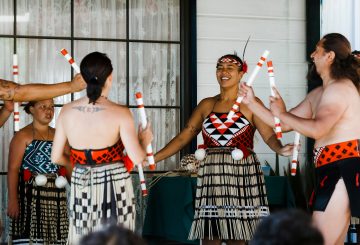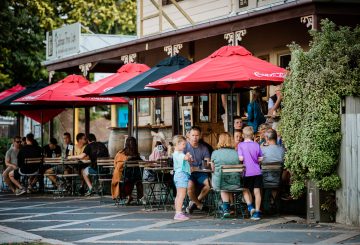National News

Kiwi Students Build Cultural Bridges with Chinese Through Art

Aotearoa New Zealand’s Creative Sector: A Call for Long-Term Strategy Amidst Crises

New Zealand Social Enterprises: The Influence of Māori Culture

New Zealand Sees Asia as Vital for Future, Survey Reveals

New Zealand Universities Cut Asian Studies Amid Funding Crisis

Finance Debate Ahead of 2023 Election

National Proposes Changes to International Education Policy

New Teaching Requirements in Maths, Reading, and Writing

















































